It was easy to find tragedy in the second year of the Covid-19 pandemic. Vaccines became widely available and proved to be remarkably effective at keeping people out of hospitals, but some people wouldn’t get their shots—mostly Republicans. Broader uptake of vaccines could have averted 163,000 deaths between June and November alone. That’s tragedy.
But you could find hope in 2021, too. It was literally in the air. The virus—and specifically the understanding that as an aerosol it spread more easily in poorly ventilated spaces—changed something fundamental about urban life. The expansion of restaurants to curbside spaces and the closure of city streets to automobiles began in 2020, but in 2021 those alterations felt like a new phase in a decades-old cold war over the look and feel of the modern city.
In 2019, white people and more affluent young people were moving to cities—looking for cultural diversity and amenities like being within walking distance to schools or entertainment, proximity to jobs, and access to public transit. After years of decline, transit ridership was increasing around the US and big cities were working to accommodate the trend, using new technologies to figure out where buses and trolleys should go and to take chunks of street—public land, after all—away from cars. There was resistance, of course. In the US, anything that looks like it might jeopardize plentiful free parking, wide-open highways, and the spread of single-family homes gets pushback.
The pandemic torpedoed a lot of that progress. For much of 2020, people with money and symbolic-analysis jobs retreated from cities, if they had the kinds of jobs they could do remotely. (Though by spring of 2021 the momentum had shifted back again; cities are magnetic.)
Read the full article on Wired
Author: Adam Rogers
Recommended by Stephanie Cheung

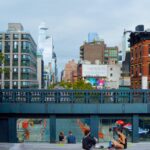
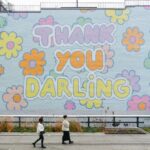
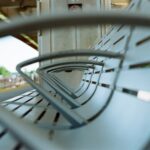

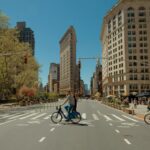
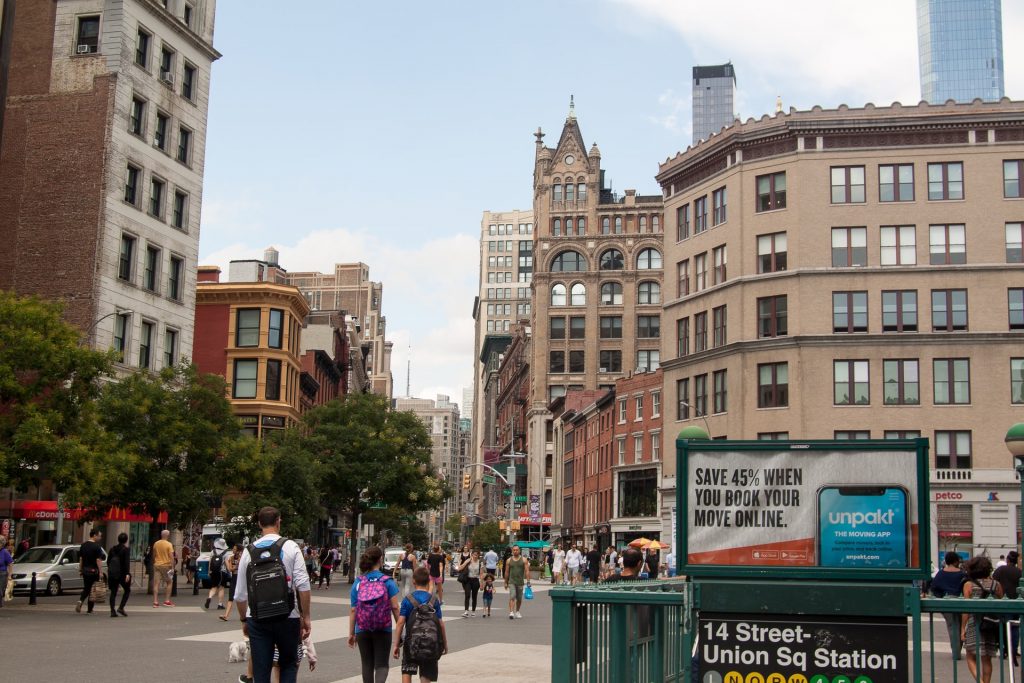
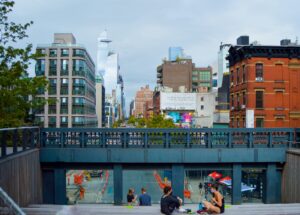
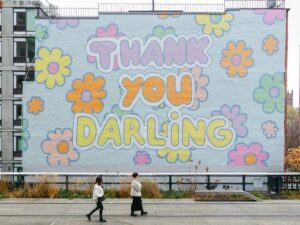
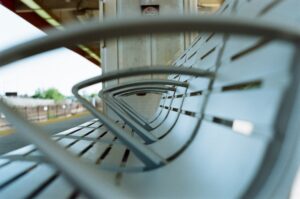
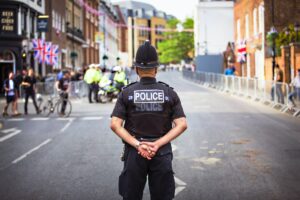
More Stories
TULIP – Your place at the table / ADHOC architectes
Public Space Reader
Public Space: notes on why it matters, what we should know, and how to realize its potential